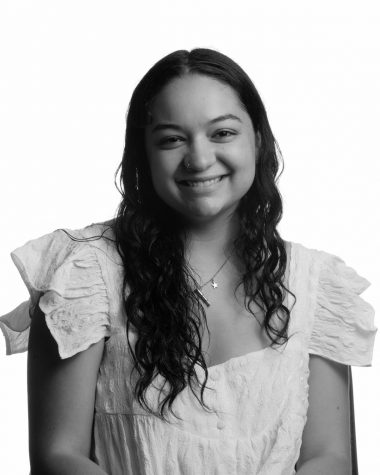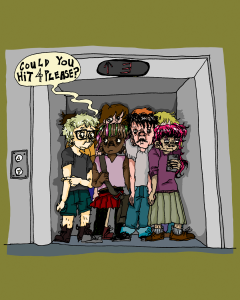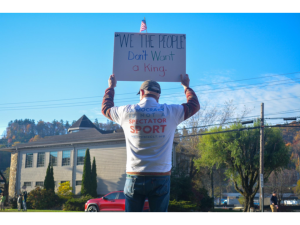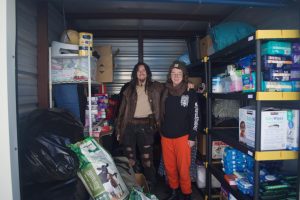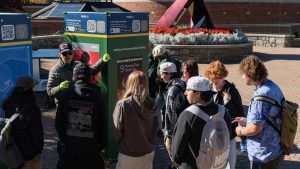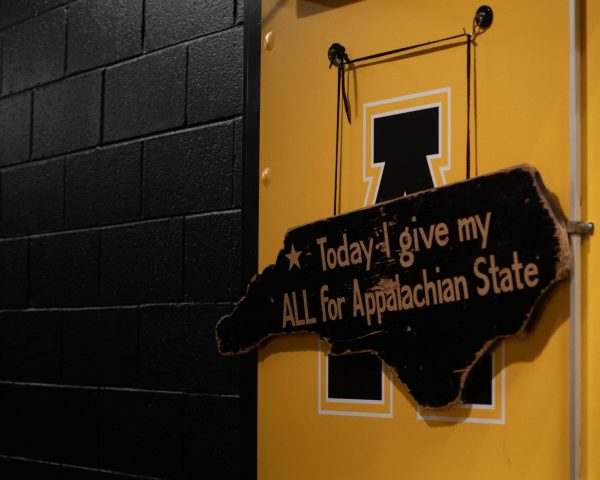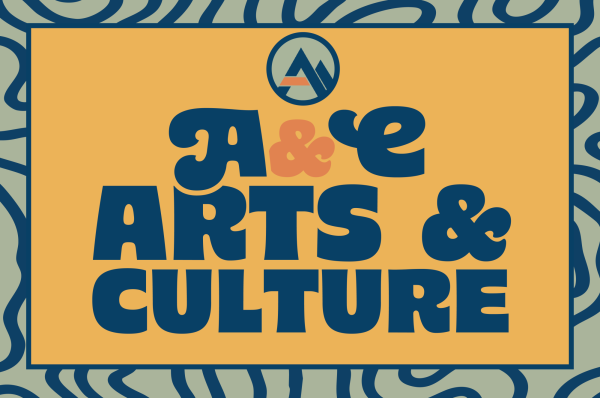App State students will pack their bags for service this spring break
January 29, 2020
Working on a permaculture farm, Kylie Holloway pickaxed earth on a vertical slope to plant cacao trees last spring break in Costa Rica for an Alternative Service Experience program. Here, she met Geraldo, an indigenous person of the Zapatón people, who showed her how to incorporate herbal medicine into sustainable agriculture.
This year, Holloway, a senior sustainable development major, is co-peer leading a program to the mountains of La Rosa located in El Cidral in the Dominican Republic during spring break. La Rosa is a rural community 45 minutes away from Santo Domingo, the capital of the Dominican Republic.
ASE programs happen during fall, winter and spring breaks. They are an opportunity to serve and learn on local, national and global levels of traveling.
ASE partnered with Service for Peace for the program. Service for Peace is a volunteer program already located in La Rosa familiar with its inhabitants, constantly assisting the community. Conveniently, App State students will assist Service for Peace in their work.
Holloway said that La Rosa has not had access to clean water in 16 years. Those attending the program have the task of constructing a water tank for the people of La Rosa to help the water problem.
A typical day on an ASE program is spent doing service work and a meaningful reflection by all participants each night.
Holloway noted that ASE’s are not referenced as “trips.” Rather, they are programs. She said the word “trip” implies a vacation and tourism, which isn’t the intention of ASE’s. These programs instead are focused on service and reflective dialogue of the impact and time spent helping others.
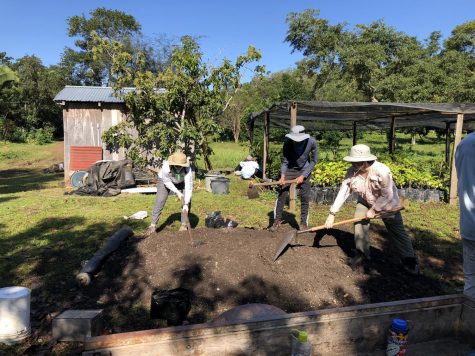
(left to right) Jillyan Baskin, Suryaveer Singh, Caitlyn Daas at Spanish Creek Rainforest Reserve in Belize
Each ASE is lead by two undergraduate peer leaders and one faculty or staff member as a learning partner.
Peer leaders are students who have previously experienced the program and wish to lead another group of students. They work in pairs to coordinate the logistics of the service work to be completed. Faculty and staff members assist by ensuring that all participants engage fully in the program while emphasizing educational components of the time spent.
According to ASE’s website, its mission is to “provide learning opportunities by engaging in meaningful service and dialogue.”
Jillyan Baskin, a junior environmental geology major, traveled to Belize her freshman year on an ASE to a restorative agroforestry preservation farm. Here she learned how to plant different crops closer to each other for more fertile growth.
Her sophomore year, Baskin participated in a fall break domestic ASE, learning about human trafficking in Charlotte. The Department of Homeland Security announced last December that Charlotte is among the top cities in the United States with arrests for human trafficking.
Baskin helped with the beautification of a safe house for victims while learning to notice signs of trafficking.
“Learning about the issue was the first time I was ever exposed to it,” Baskin said. “Now I worry about it and am more aware.”
Costs range from $100 to upwards of $2,000, depending on the program and location.
ASE offers a lottery system in which students can receive scholarships for their desired program. Upon filling out a lottery packet two weeks before the lottery date, students are assigned an official lottery number. At the lottery event, a random number generator will select numbers. Once a number is called, that student must sign up for a program and clam their scholarship until all are filled and pay their deposit.
Sophia Lewis, a senior studio art and graphic design major, will co-peer lead a domestic ASE to an elephant sanctuary in Hohenwald, Tennessee, during spring break. Here they will assist in the upkeep of the sanctuary.
“The goals of domestic ASE’s are not only to provide service but also learn about the communities surrounding us,” Lewis said.
Rashaun Robinson, graduate assistant for the ACT office, said he likes to think of ASE’s as “time on, not off.”
Robinson always wanted to join the Peace Corps, a volunteer program by the U.S. government in which participants work for two years abroad doing service work. Because of this, he’s felt that ASE’s have come naturally to him.
When embarking on an ASE, Robinson asks, “Why are there needs here? What are the stipulations behind this? What kind of systems are in place that permeates this need? What can we do not to just bandaid the issue but truly work towards a resolution of the problem?”

